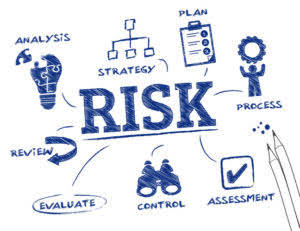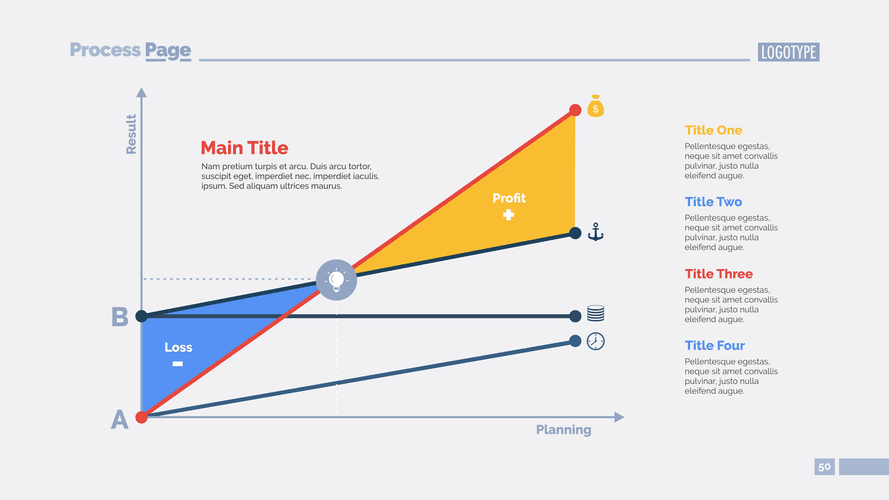
As shown above a change in inventory, accounts receivable, and accounts payable results in a change in working capital and a cash flow in or out of the business. Accordingly this cash flow is shown as part of the cash flow statement under the heading operating cash flow. For example, consider a manufacturing company facing challenges in collecting receivables from customers, leading to a significant increase in A/R.
Slavery Statement
Therefore, you should benchmark a company against its industry average. This ratio needs to be used in conjunction with other ratios, especially inventory turnover, to make an informed decision. Also, some companies can have a very high ratio due to financial limitations. Another example includes a business that has made significant changes to its practices or activities in the prior 12 months that might affect the working capital accounts. As you can see, working capital is 250% higher ($2.5 million vs. $1 million) in the busy season than the off-season.

Treasury Payments

Without capital, you can’t hire employees, pay your bills, or even stay in business. We’ve all heard the slogan ‘it takes money to make money.’ That’s what capital is. The securities quoted in the article are exemplary and are not recommendatory. The investors should make such investigations as it deems necessary to arrive at an independent evaluation of use of the trading platforms mentioned herein.

The Working Capital Cycle
This way, increase in net working capital formula it gives a more realistic picture of the company’s liquidity position. Keep in mind that a negative number is worse than a positive one, but it doesn’t necessarily mean that the company is going to go under. It’s just a sign that the short-term liquidity of the business isn’t that good. There are many factors in what creates a healthy, sustainable business. For example, a positive WC might not really mean much if the company can’t convert its inventory or receivables to cash in a short period of time. Technically, it might have more current assets than current liabilities, but it can’t pay its creditors off in inventory, so it doesn’t matter.


This gives the buyer enough time to review the calculations and determine the amount actually delivered at closing. At this point, all accounts are closed – e.g., all accounts receivable have been collected – and the buyer can arrive at a more accurate working capital figure. The challenge is determining which payables to include in calculating working capital.
By understanding and effectively managing these fluctuations, businesses can optimize their operations, maintain financial stability, and support sustainable growth. Gross working capital refers to the total current assets a company has on hand to conduct its business operations, such as cash, inventory, and accounts receivable. On the other hand, the change in net working capital measures the change in a company’s working capital over a period. This formula provides insight into how much cash a company/business has available to meet its short-term debt obligations and investments. By calculating this figure, investors and creditors can better assess how solvent a company is and whether or not it can stay financially afloat.
Changes in Working Capital Are Inevitable — Smart CFOs Use Them to Drive Growth
- HighRadius offers a cloud-based Treasury and Risk software that streamlines and automates treasury operations, including cash forecasting, cash management, and treasury payments.
- However, it would have a negative Net Working Capital if its current liabilities would exceed its current assets.
- An increase in the balance of an operating asset represents an outflow of cash – however, an increase in an operating liability represents an inflow of cash (and vice versa).
- In this case, the average NWC is $4.3 million, which would be delivered to the buyer on closing.
- Management can use the capital to expand the business operation and get more returns.
- For example, if it takes an appliance retailer 35 days on average to sell inventory and another 28 days on average to collect the cash post-sale, the operating cycle is 63 days.
That jump was the biggest driver of the change in net working capital Accounting For Architects for this company over the past year. Changes to current accounts like inventory, accounts receivable, and accounts payable all impact a company’s net working capital. To understand how net working capital can increase or decrease, we have to start with exactly how this metric is calculated.
- Remember to exclude cash under current assets and to exclude any current portions of debt from current liabilities.
- These include short lifespan and swift transformation into other forms of assets.
- A comprehensive definition of working capital in the purchase agreement reduces the potential for litigation.
- Some of the links that appear on the website are from software companies from which CRM.org receives compensation.
- If the situation is opposite, then ift signifies poor financial health.
- Working capital is a key component of financial analysis, as it provides insight into a company’s liquidity, efficiency, and profitability.
Working capital represents the difference between a firm’s current assets and current liabilities. Working capital, also called net working capital, is the amount of money a company has available to pay its short-term expenses. Doesn’t an increase in net working capital mean you’ll have better future cash flows? It does when the current assets and liabilities really will be received in cash. This increase in working assets is retained earnings balance sheet permanent so it won’t be settled in cash in the next year. On the other hand, examples of operating current liabilities include obligations due within one year, such as accounts payable (A/P) and accrued expenses (e.g. accrued wages).
